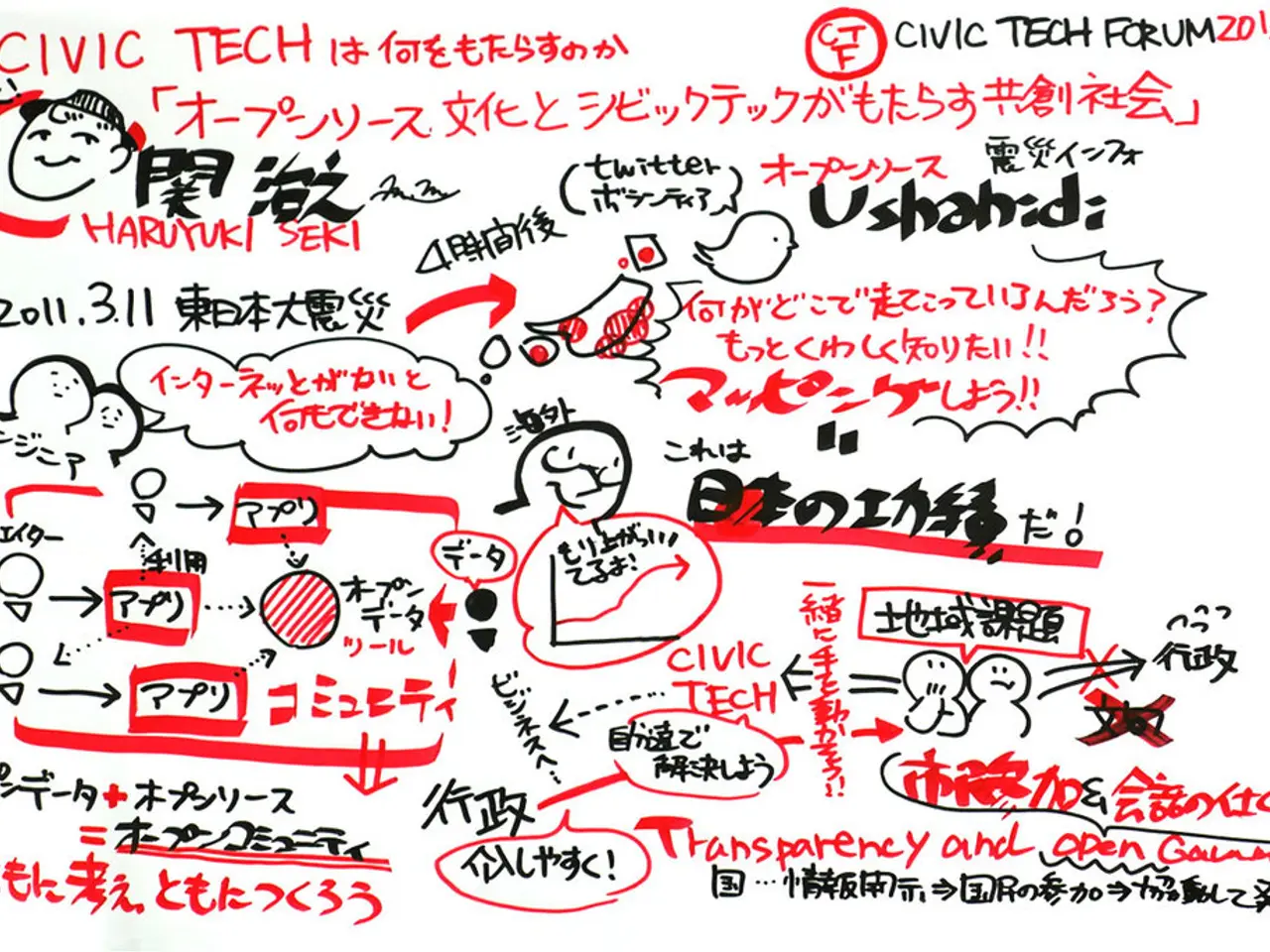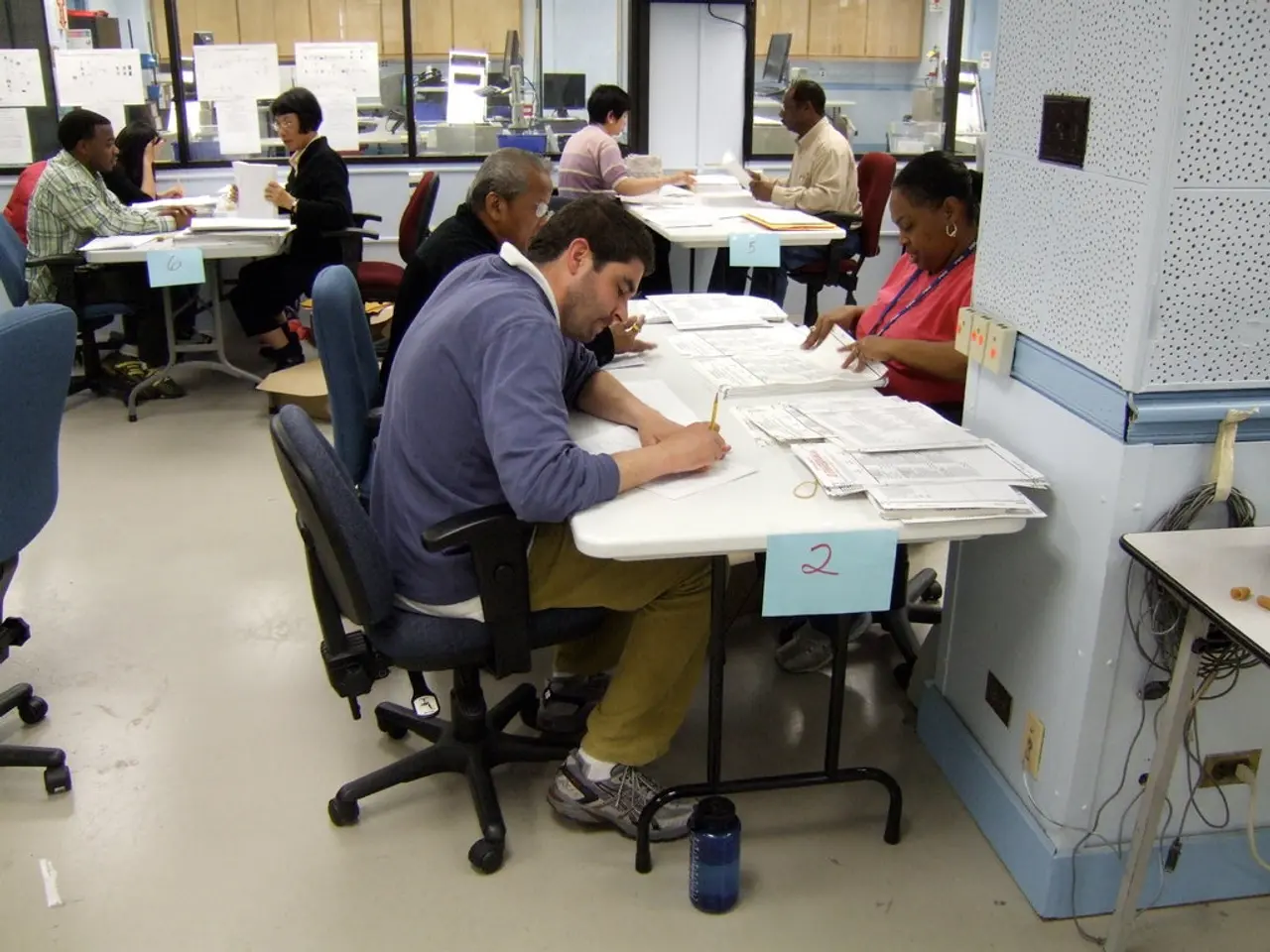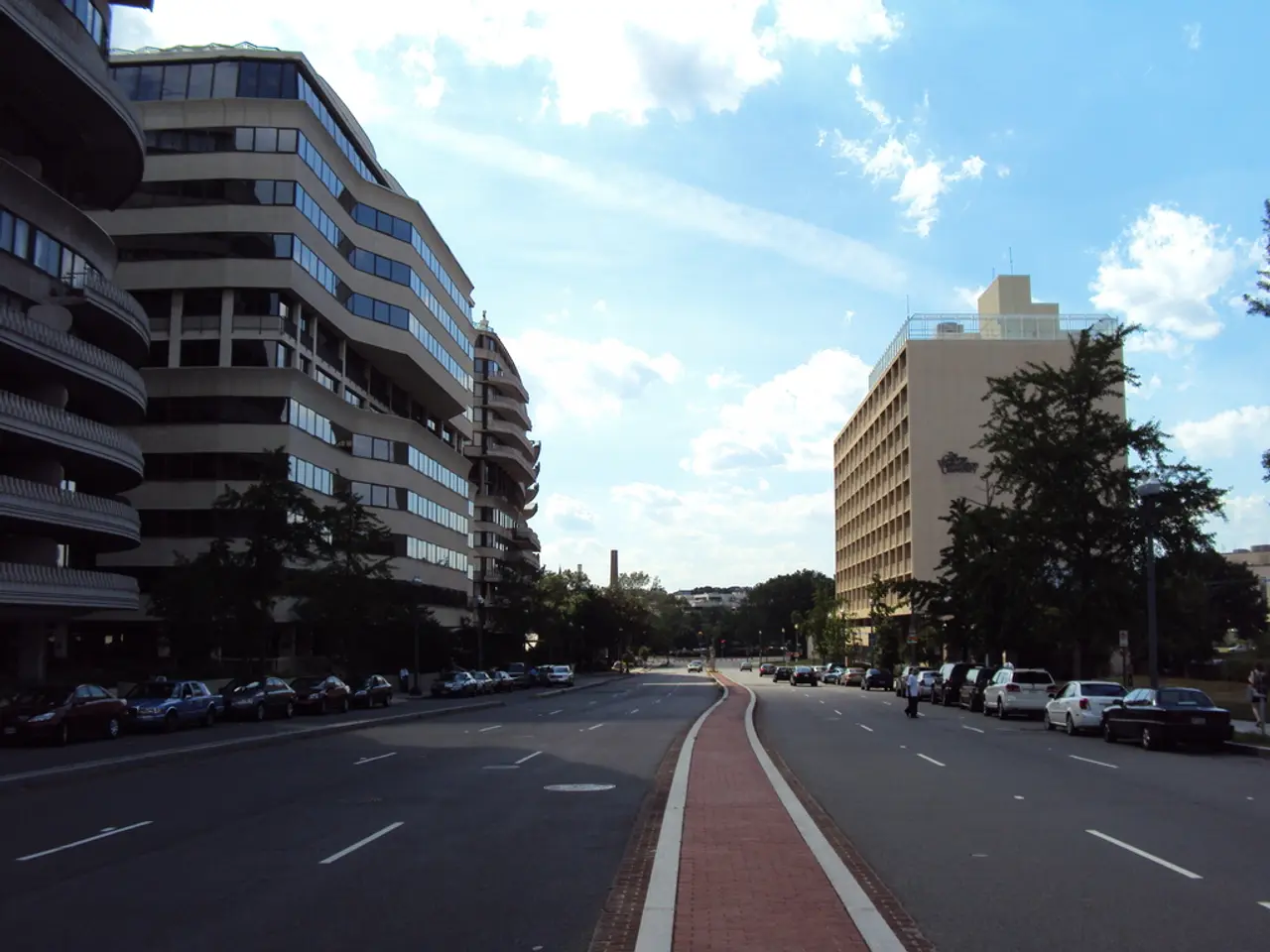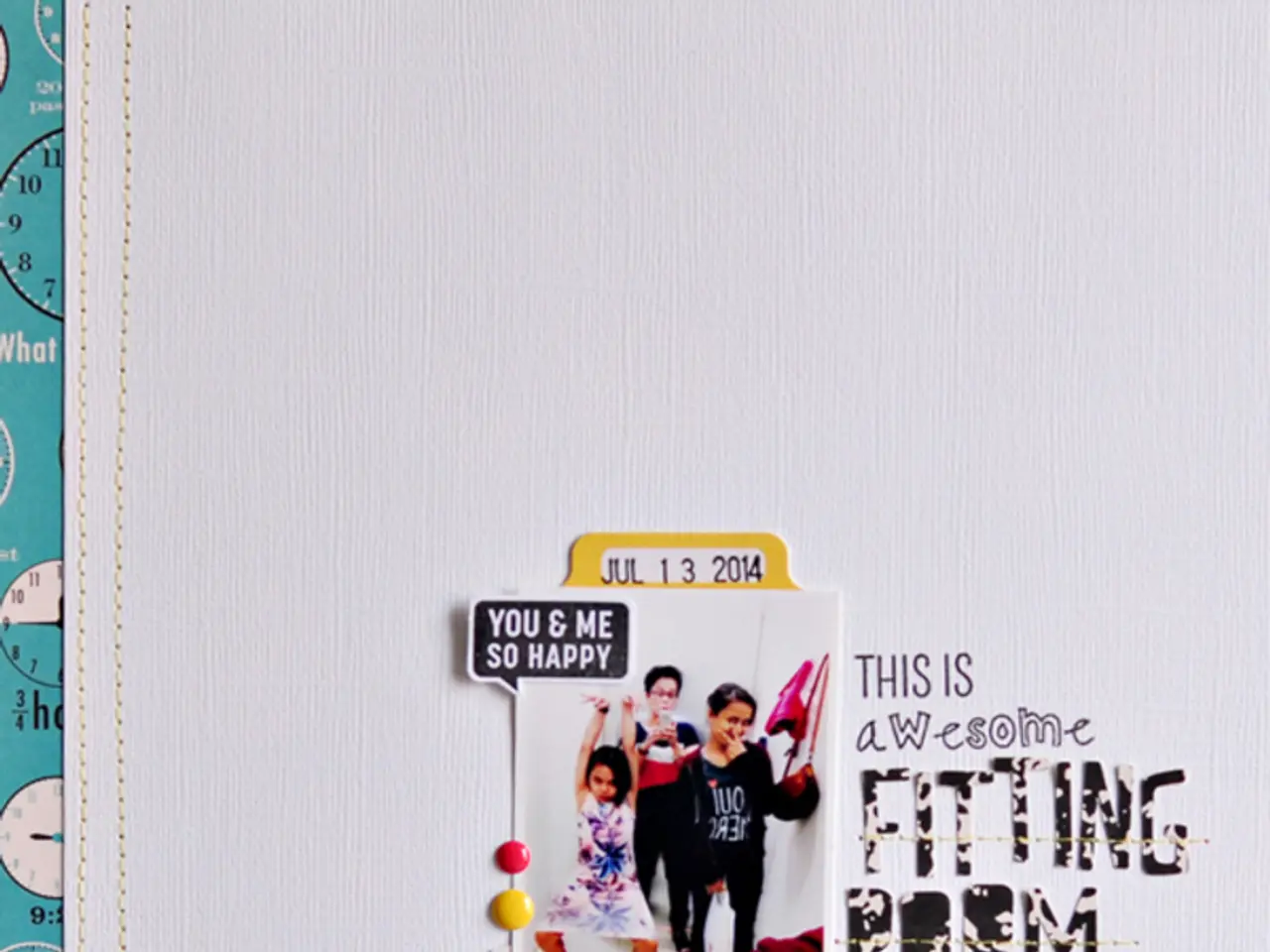Understanding the Artistry of Poetry
In the world of poetry, visual effects have become an increasingly popular way to enhance the meaning and impact of verses. One such form is concrete poetry, where the arrangement of words creates a visual image that reflects the poem's subject.
This artistic approach, which gained prominence in the 20th century, has been embraced by poets like Guillaume Apollinaire, who used spatial arrangement to enhance meaning, and more recently, English-language poets such as e.e. cummings, who play with spatial typography to create visual effects.
Concrete poetry often blends literary and visual arts, making the poem's shape an integral part of its interpretation. A classic example of this can be found in Lewis Carroll's "Alice's Adventures in Wonderland," where the words are arranged in the shape of a mouse's tail.
Beyond Carroll, contemporary poets have also delved into this visual-poetic form. Edward Gorey, known for his eerie, gothic illustrations paired with macabre verse, is one such example. A.R. Ammons also integrates visual elements and spatial structure as part of his poetic expression.
In the realm of children's literature, Shel Silverstein stands out for his unique blend of playful, accessible poetry with his own line drawings. Other modern poets and authors who incorporate illustrations as an essential part of their poetic works include Neil Gaiman in collaborations and poets in graphic poetry or "poetry comics."
The visual-literary blending continues today in various forms, such as graphic poems, artist books, and children's literature, where visual design, shapes, and images are used alongside text to deepen poetic meaning. This reflects a broader move beyond purely verbal poetry forms.
Acrostics, another form of visual poetry, can be more complicated by putting essential letters elsewhere in the poem. Word placement, line placement, and line breaks can also affect the visual imagery or meaning of a poem. In some cases, illustrations may be purely ornamental, while in others, they can enhance the poem's meaning significantly.
In the case of Silverstein's work, the accompanying illustrations are often essential to understanding the poem's intended message. Fancy lettering, such as calligraphy, can also be used as a visual element in poems.
In conclusion, the intersection of visual arts and poetry continues to evolve and thrive, offering readers a richer and more immersive poetic experience. Whether it's the intricate design of concrete poetry or the whimsical illustrations of a Silverstein poem, the visual dimension in poetry adds a layer of depth and meaning that enhances the reader's connection with the verse.
One could argue that the realm of home-and-garden magazines often intertwines visual design with written content, much like poetry and visual arts. For instance, the arrangement of furniture, colors, and decorative elements can significantly influence the lifestyle aesthetic a home portrays.
Moreover, the creative expression seen in home-and-garden DIY projects mirrors the artistic approach found in contemporary poetry, where visual effects and spatial arrangement play a crucial role in enhancing the overall impact.




